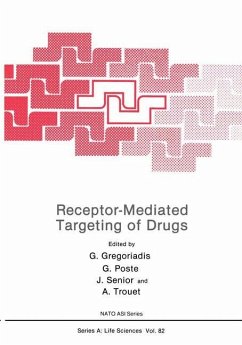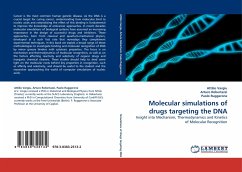Conventional attempts to control cell behaviour and function are often marred by the toxicity of the drugs used, their premature waste or inactivation or by their inability to interact with or reach target sites efficiently. New trends in pharmacology empha size the development of methods for the optimization of drug action, for instance by the delivery of drugs, enzymes, hormones, antigens, genetic material, ets. through carrier systems selectively to re levant cellular and subcellular sites. A wide assortment of carriers was discussed in the first NATO Advanced Studies Institute (ASI) "Targeting of Drugs," the proceedings of which were published by Plenum Press in 1982 (eds., G. Gregoriadis, J. Senior and A. Trouet). This book, containing the proceedings of the 2nd NATO ASI "Receptor-Mediated Targeting of Drugs" held again at Cape Sounion, Greece during 20 June-l July 1983, deals with drug delivery through systems possessing ligands which can recognize and interact with receptors on the target's surface. Receptor-recognizing carriers that have recently given promise of realistic expectations in targeting include monoclonal antibodies, certain proteins that home to specific cells in the body and liposomes either as such (when they can trigger specific reactions in the reticuloendothelial system) or in association with targeting macromolecules. Each of these are discussed extensively by leading authorities, in terms of applications in biology and medicine and related methodologies.








